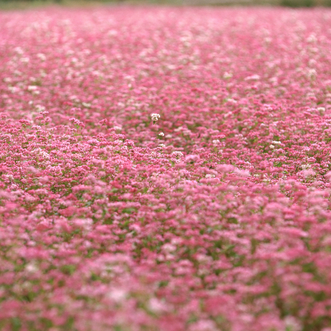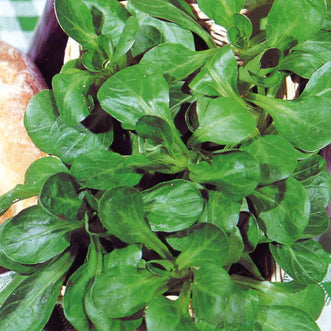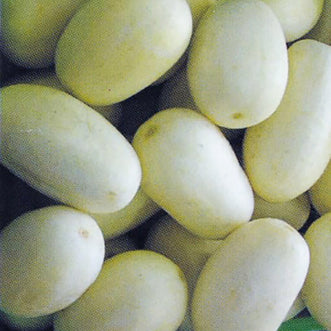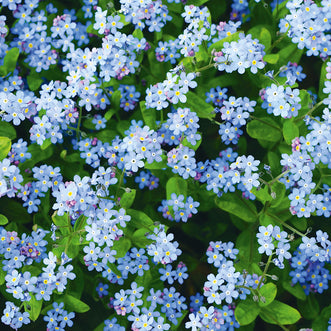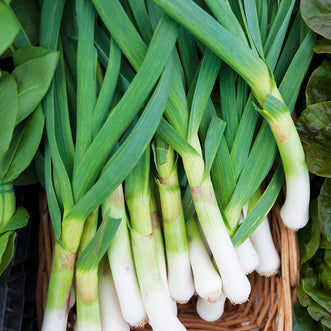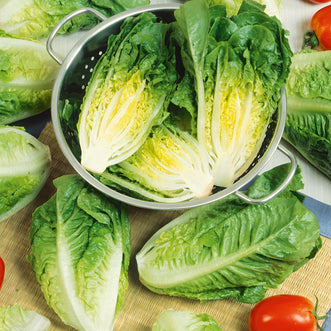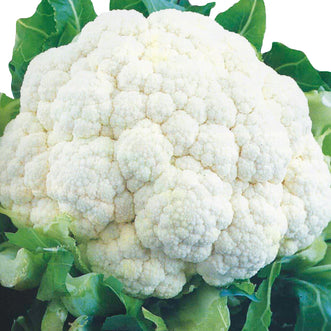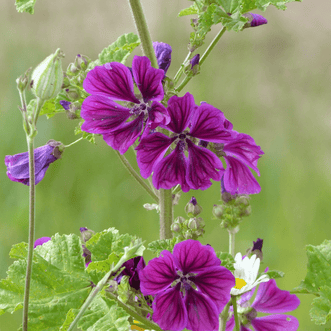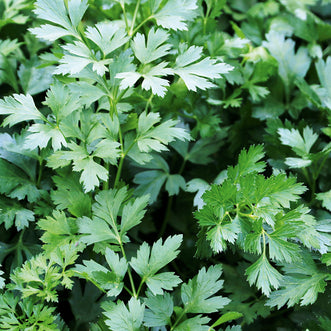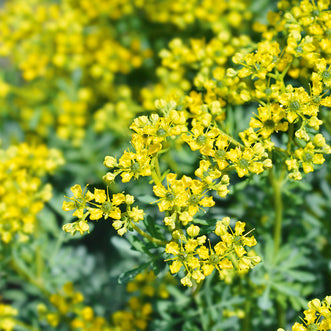Anzac Day Poppies for Remembrance
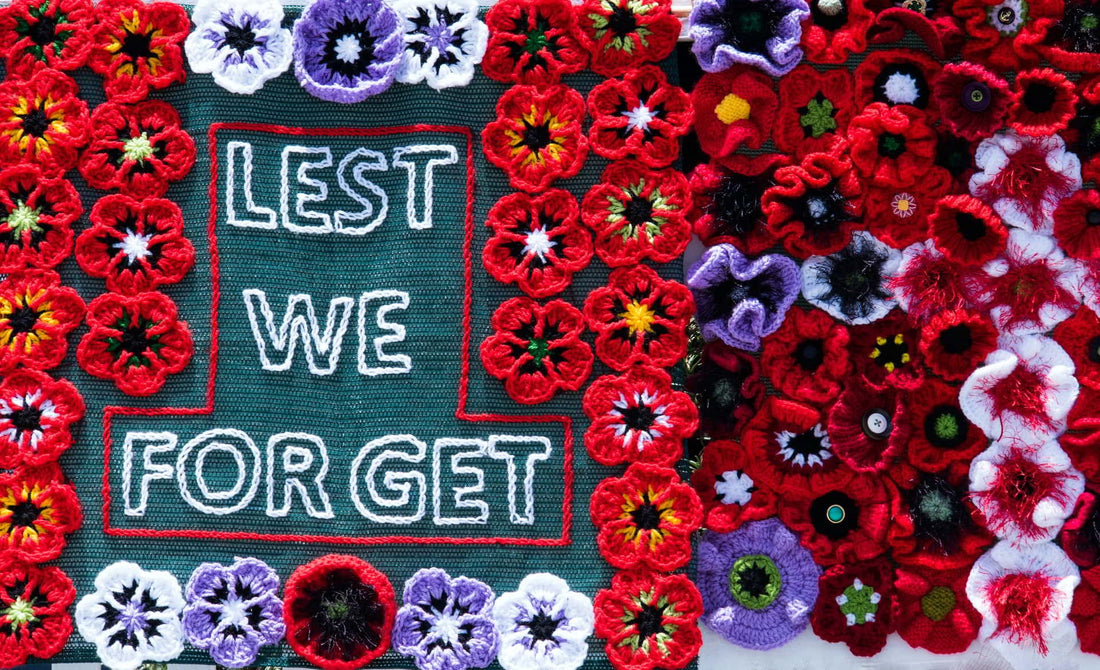
OFFICIAL DATES
Anzac Day poppies are purchased and worn by many of us every year. Poppy Day is 24th of April, the day before the official remembrance day, but you will find poppies being sold for a few days leading up to the 25th. As the poppy symbolises remembrance, you will also see it being worn at military funerals and commemorative events, and at war graves and cemeteries.
ARMISTICE DAY
The Anzac poppy is recognised internationally to remember those who died in battle, and it is also worn on Armistice Day - 11th November - in commemoration of the armistice signed between the Allies of World War I and Germany at Compiègne, France, for the cessation of hostilities on the Western Front of the first World War.
So how did Poppy Day come to be on Anzac Day rather that Armistice Day in New Zealand?
Well, the Anzac poppies were first made to sell and wear in 1921. It was a French woman, Madame E. Guerin, who was responsible for making the poppy an international symbol of remembrance and she became know as 'The Poppy Lady'. She spent a year approaching veteran groups in many countries, urging them to sell poppies so that money could be collected and distributed to injured war veterans and their families as well as to poor children.
In New Zealand, the RSA were approached by Madame Guerin's representative and agreed to take up the cause. The intention was to hold the first Poppy Day in 1921 on Armistice Day, as other countries were doing. But because the shipment of poppies from France was delayed and did not reach NZ in time for the occasion, the decision was made to hold the first Poppy Day appeal on the next Anzac day in 1922. It was a huge success, and has remained a tradition.

PRODUCTION OF THE POPPIES
The poppies we buy these days are made from paper rather than cloth. They were sourced internationally until 1931, then disabled servicemen here in Auckland and Christchurch were given the task of making the many thousands of poppies required. Until very recently, they were still manufactured in Christchurch, but once again production has gone international with them being made in China and manufactured in Australia. I suppose this goes some way towards explaining the differing shapes over the years.
GROWING THE FLOWER
In the Kings Seeds range of flowers we have many poppies and the most popular seller is the Corn Poppy Flanders Red. The flowers have wide, single, brilliant red blooms with a black splotch at the base of the petals. They can be seen growing wild in fields and alongside railway tracks in England and Europe. For those of you that would like to grow your own field or drift of red, we sell them as a wildflower in bulk quantities starting at 100g. Just email us or give us a call if you would like to create your own field of Flanders Poppies and we can advise availability and price. Hopefully, like me, you have learned at least one new fact about the ANZAC poppies. They are certainly a recognisable flower. I like this quote by Helen Keller in reference to the symbolism of this poppy:

Everyone at Kings Seeds wishes you a happy and meaningful ANZAC day. Lest we forget.










